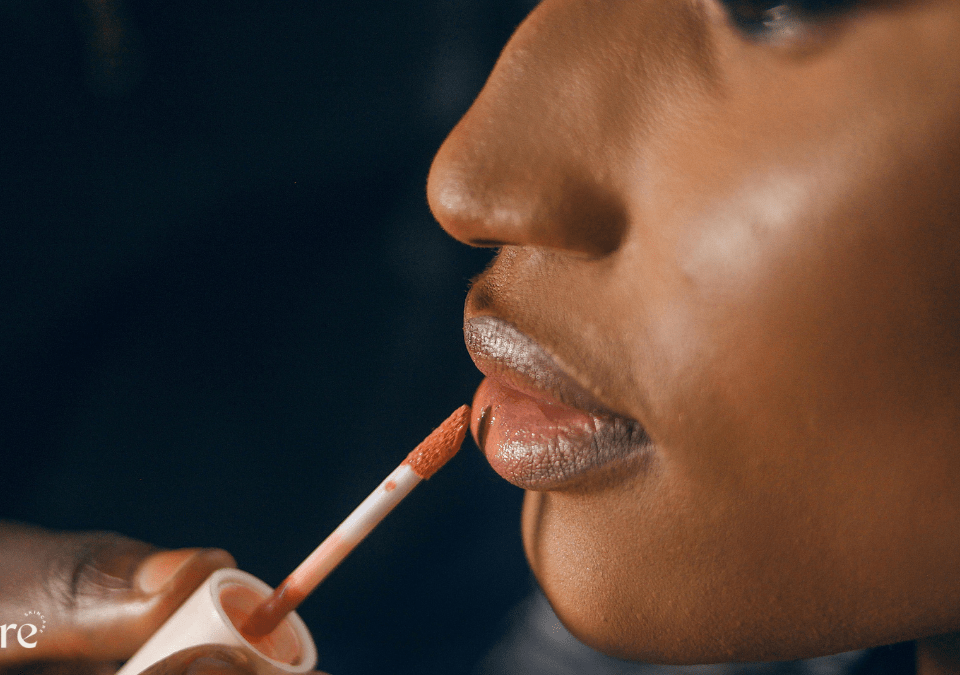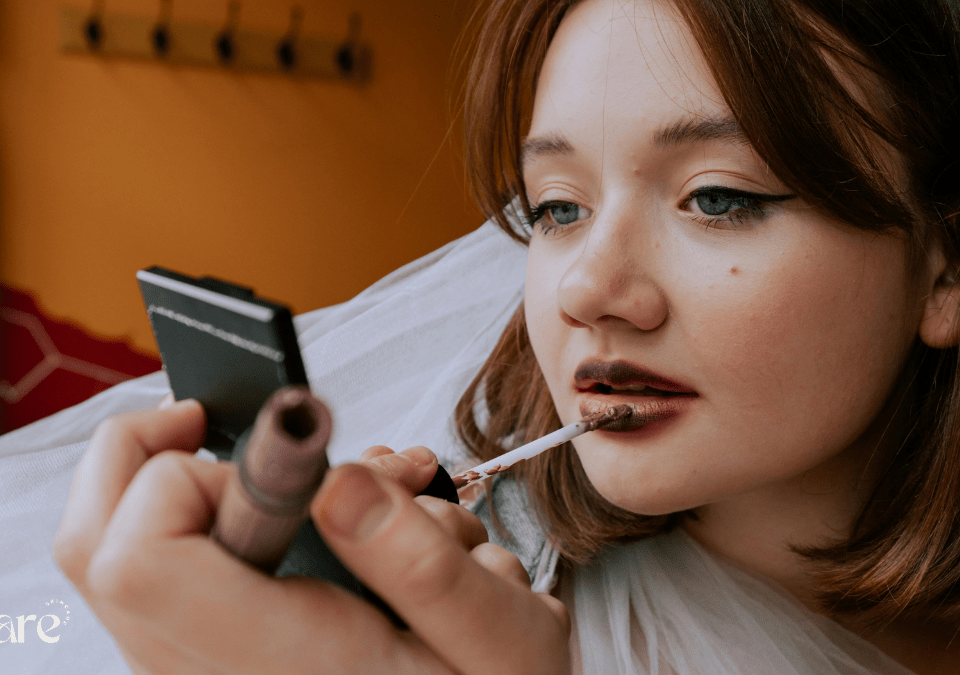A Pumpkin Allergy Skin Rash, though uncommon, can cause skin rashes, especially in babies or those with cross-reactive allergies (like ragweed). Symptoms include itching, swelling, and digestive issues. Some react only to pumpkin seeds or raw pumpkin, while others experience pumpkin contact dermatitis from handling the plant. Treatment involves antihistamines and avoiding triggers.
Pumpkin Allergy Skin Rash: Symptoms, Causes, and Treatment
Pumpkin is a nutritious and versatile food enjoyed in everything from pies to soups, but for some people, it can trigger unexpected allergic reactions, including uncomfortable skin rashes. While pumpkin allergies aren’t as widespread as common food allergies like nuts or dairy, they can still cause significant discomfort—especially in babies and young children with developing immune systems.
In this detailed guide, we’ll break down everything you need to know about pumpkin-related skin reactions. We’ll cover the key symptoms to watch for, explain why some people react to pumpkin seeds but not the flesh, and discuss cross-reactivity risks with other foods. You’ll also learn practical tips for managing reactions, whether they come from eating pumpkin, handling it while carving, or even just brushing against the plant.
Is Pumpkin Allergy Common?
Pumpkin allergies aren’t something you hear about every day, but that doesn’t mean they don’t exist. While they’re far less common than top food allergens like peanuts, tree nuts, or shellfish, pumpkin allergies do occur – and they can be particularly surprising when they pop up.
The truth is, pumpkin allergies fall into that tricky category of “uncommon but not impossible.” They’re more likely to affect certain groups of people, especially those who already have known sensitivities to other foods in the gourd family. This includes foods like squash, zucchini, cucumber, and melons due to what’s called pumpkin allergy cross-reactivity – where similar proteins in related foods can trigger the same allergic response.
Here’s an interesting twist: if you’re one of the millions who suffer from ragweed pollen allergies, you might be at higher risk for reacting to raw pumpkin. That’s because pumpkins and ragweed share some similar protein structures that can confuse your immune system. This phenomenon is part of oral allergy syndrome (OAS), where your body mistakes harmless food proteins for the pollen you’re actually allergic to.
While exact numbers are hard to pin down, allergists report seeing pumpkin allergies more frequently in certain situations:
- In children with existing food allergies
- Among people with multiple pollen allergies
- In individuals sensitive to other gourds and melons

Pumpkin Allergy Symptoms in Babies
Parents introducing solids to their baby should watch for signs of a pumpkin allergy baby reaction. Symptoms may include:
- Skin rash or hives
- Swelling around the mouth
- Digestive issues (vomiting, diarrhea)
- Runny nose or sneezing
Since babies’ immune systems are still developing, reactions can be more severe. Always consult a pediatrician before introducing pumpkin to an infant’s diet.
Can You Be Allergic to Pumpkin Seeds and Not Pumpkin?
Yes! Some people tolerate pumpkin flesh but react to pumpkin seeds. Seeds contain different proteins and oils that may trigger allergies independently. If you get a rash or stomach issues after eating pumpkin seeds but not pumpkin itself, you might have a seed-specific allergy.
Allergic Reaction to Pumpkin Carving & Contact Dermatitis
Handling pumpkins can lead to pumpkin contact dermatitis, causing:
- Red, itchy skin
- Blisters or dry patches
- Burning sensation
This reaction isn’t always a true allergy—sometimes, it’s irritation from pumpkin sap or mold on the skin. Wearing gloves while carving can help prevent allergic reaction to pumpkin carving.
Raw Pumpkin Allergy vs. Cooked Pumpkin
Some individuals react only to raw pumpkin allergy, as cooking breaks down allergenic proteins. If you get a rash from fresh pumpkin but not baked or boiled, heat-sensitive proteins may be the culprit.
How to Treat a Pumpkin Allergy Rash
If you develop a skin reaction:
- Wash the area with mild soap and water.
- Apply hydrocortisone cream for itching.
- Take an antihistamine (like Benadryl) for swelling.
- See a doctor if symptoms worsen or breathing difficulties occur.
For severe reactions (anaphylaxis), use an epinephrine auto-injector and seek emergency care.
Personal Experience with Pumpkin Allergy
It started as what I thought was just ordinary Halloween prep. I was happily carving pumpkins with my niece, scooping out the stringy insides with my bare hands like I’d done every year before. At first, I barely noticed the slight tingling sensation on my fingertips – I figured it was just from handling all that cold, wet pumpkin flesh.
But by evening, things took an uncomfortable turn. What began as mild itchiness blossomed into angry red patches across my hands and wrists. The skin felt tight and hot, with tiny raised bumps forming in the areas that had contacted the pumpkin the most. When I woke up the next morning with the rash creeping up my forearms, I knew this wasn’t just dry autumn skin.

FAQ’s
1. Can pumpkin cause skin allergies?
Yes, pumpkin can trigger skin allergies, either from ingestion (food allergy) or contact (dermatitis).
2. How do you treat a pumpkin allergy?
Mild reactions can be treated with antihistamines and topical creams. Severe cases may require epinephrine.
3. Can pumpkin plants give you a rash?
Yes, handling pumpkin vines or raw pumpkins can cause pumpkin contact dermatitis due to sap or mold.
4. What does an allergic reaction to pumpkin look like?
Symptoms include hives, redness, swelling, or eczema-like patches. In severe cases, it may cause anaphylaxis.
5. Is pumpkin allergy linked to other allergies?
Yes, pumpkin allergy cross-reactivity is possible with ragweed, melons, and other gourds.
Conclusion
While pumpkin allergy isn’t widespread, it can cause skin rashes, especially in sensitive individuals or babies. Reactions may vary—some people tolerate cooked pumpkin but not seeds, while others react to handling the plant. If you suspect an allergy, an allergist can confirm through testing.
Read More Articles Here:




